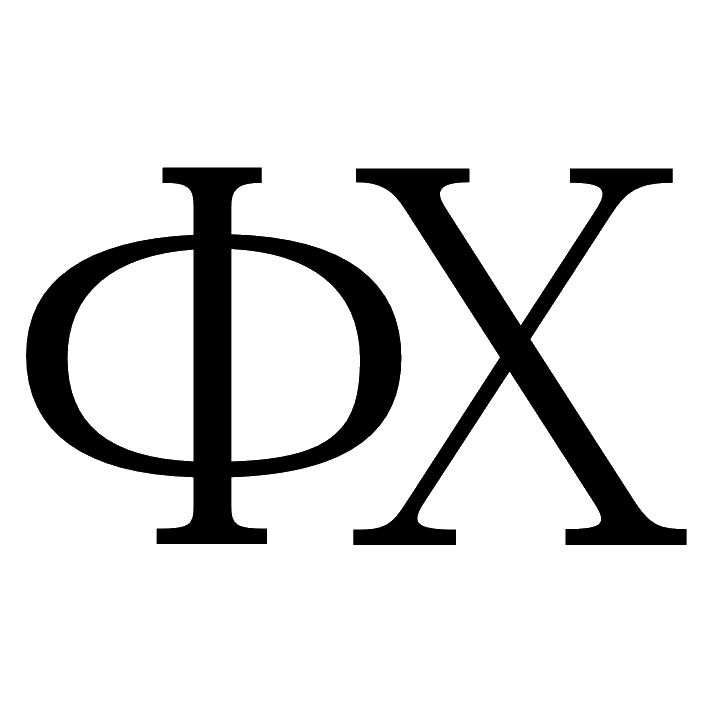Illumination effect on recognition ability of multisensor microsystems based on tin oxide nanowhiskers
I.V. Sinev, N.A. Klychkov, D.A. Timoshenko, V.V. Simakov
Saratov State University
DOI: 10.26456/pcascnn/2020.12.713
Original article
Abstract: Using standard methods of data classification, the possibility of recognizing gas mixtures using a multisensor microsystem with a gas-sensitive layer based on whisker nanocrystals is shown. The statistical analysis of the experimental results showed that the illumination of a gas-sensitive layer of tin dioxide with a LED in the ultraviolet range significant increases the median Euclidean-Mahalanobis distance between the classes (recognition ability) of various gas samples compared to the results of measurements in the dark. Suggested that the increase in the recognition ability of a multisensor microsystem is associated with the selective effect of illumination on surface chemical reactions of oxygen species and particles of analyzed gases.
Keywords: tin dioxide, nanowhiskers, multisensor microsystems, ultraviolet illumination, recognition of gas mixtures
- Il'ya V. Sinev – Ph. D., Associate Professor of the Department of Materials Sciences and Technologies and Quality Management, Saratov State University
- Nikita A. Klychkov – undergraduate student, Saratov State University
- Dmitrii A. Timoshenko – postgraduate student, Saratov State University
- Vyacheslav V. Simakov – Dr. Sc., Professor of the Department of Materials Sciences and Technologies and Quality Management, Saratov State University
Reference:
Sinev, I.V. Illumination effect on recognition ability of multisensor microsystems based on tin oxide nanowhiskers / I.V. Sinev, N.A. Klychkov, D.A. Timoshenko, V.V. Simakov // Physical and chemical aspects of the study of clusters, nanostructures and nanomaterials. — 2020. — I. 12. — P. 713-721. DOI: 10.26456/pcascnn/2020.12.713. (In Russian).
Full article (in Russian): download PDF file
⇐ Prevoius journal article | Content | Next journal article ⇒